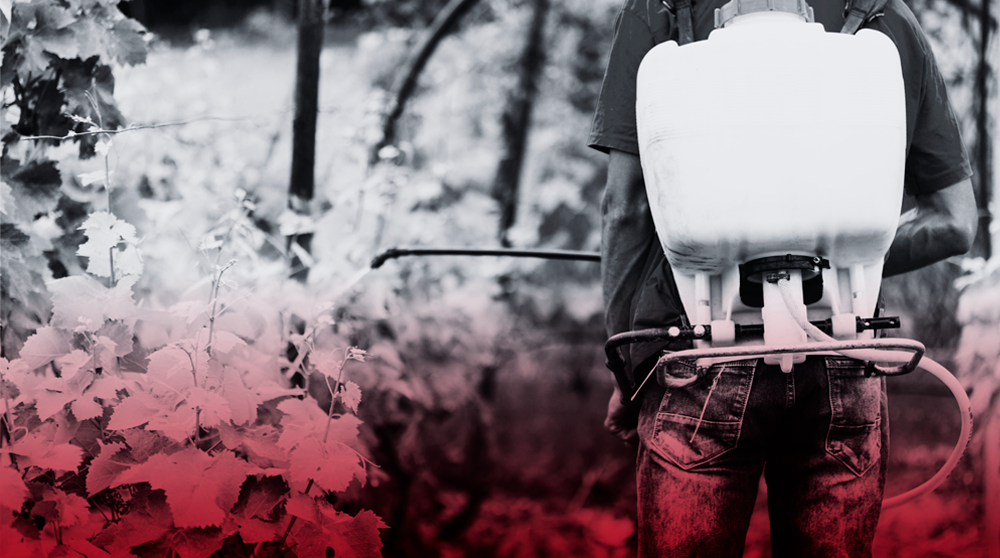
Crop Management and Pest Control through Biological Methods
Since the ancient pre-Columbian civilizations, there was knowledge created by experience, which allowed us to understand how flowers, fruits, and vegetables develop in an environment and the relationship-benefit that is obtained when this environment allows us to gather certain characteristics such as crop rotation, associated crops, soil rest and the food chain of animals to allow to have strategies for biological methods.
Crop rotation: Refers to planning to plant different vegetables that share common vegetative characteristics, for example:
Cucurbitaceae; We have the guide pumpkin, cucumber, melon, watermelon, chayote, chilacayote, tree gourd or mayera squash, mainly.
Grasses; rice, oats, barley, rye, sorghum, sugar cane, etc.
Leguminous plants; Beans, lentils, broad beans, soybeans, etc.
Solanaceae; Tomato, eggplant, chili, bell pepper, potatoes, etc.
These families of the plant kingdom can be integrated with certain characteristics and thus be able to grow non-repetitive crops, for example, considering an intensive crop where resources such as climate, water, and soil allow cultivation throughout the year and could be done as follows: in spring, planting melons, in summer planting tomatoes, in autumn planting beans and in winter planting barley. It is recommended that one cycle be left without cultivation, for example in winter.
Rotation avoids soil erosion, i.e. the depletion of specific nutrients for a single plant and the nesting or development of fixed pests. When the soil loses its nutrients, it can lead to the development of weakened plants and the opportunity for opportunistic pests to nest and even kill crops.
A negative aspect of the development of agricultural engineering is that crop rotation is increasingly displaced and monocultures are used, i.e. in certain regions, a fixed crop becomes characteristic, derived from scientific knowledge that allows constant nourishment of the plant and a program of herbicides and pesticides that artificially limit the survival of other competing plants in the soil or other pests, and thus a slow evolution of resistance on the part of pests (animals, fungi and viruses). Monocrop has also been shown to deplete soil nutrients in the long term.
Associated crops: The natural relationship that certain plants offer each other, is the result of observation and study and both can have mutual benefits, the best example is a practice that also increasingly lost replicas, which is to plant corn and beans together, corn serves to support the climbing bean and in turn, the bean allows to fix nitrogen to the soil that will be well used by corn.
Another example is the use of live stakes for growing vines and/or climbers, for example, using guaje trees (they grow very fast and fix nitrogen in the soil) as a support for pitahaya cultivation.
Intercropping aromatic plants in crops can also be a natural option against pests, for example, marigold, calendula, mint, rue, sage, thyme, lavender, cilantro, onion, garlic, parsley, etc. Which, due to their nature, can be unpleasant for certain animals. Using natural extracts from these plants and spraying them on the crops can also be another repellent alternative.
Soil rest: When a crop is threatened, for example by viruses in the soil, an alternative is to rest the soil and implement activities such as sun exposure, adding agricultural lime to the soil, and allowing, depending on the severity, a pause for soil sanitation to prevent virus proliferation, which can take months. The mosaic virus can quickly and easily destroy a crop.
Predatory food chain: The survival chain should run the same cycle in some crops that allow for establishing natural control against certain pests. Let us remember that many insects and animals play a very important role in the fertilization of flowers, which allows us to obtain fruits and seeds. Without this activity, the crop would be limited to generating good yields.
However, if certain insects that affect the crop are identified, it is possible to look for a natural predator of the crop, for example, birds, making sure that the main crop is not attractive to them, planting some plants that generate seeds that will be attractive to birds and at the same time they will observe the insects to be consumed when the main crop is not seeds.
As we can see, it is necessary to know the needs of the crop to determine the routes of biological control, and the above-mentioned allows us to know the importance of generating natural and environmentally friendly allies and above all thinking about those who will consume the food.
IIAL: Carlos Alberto Hernandez Reyes
